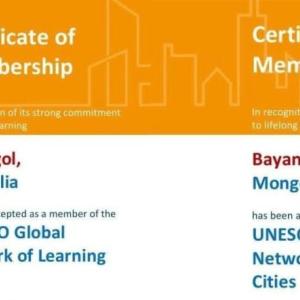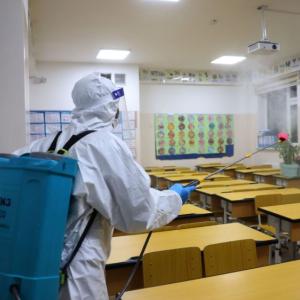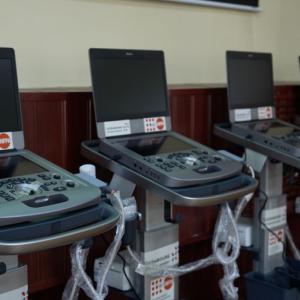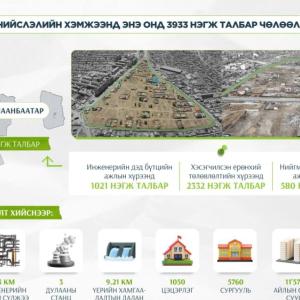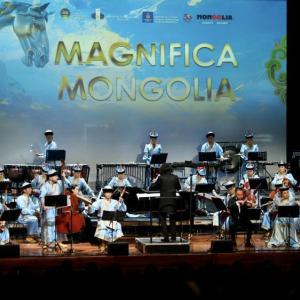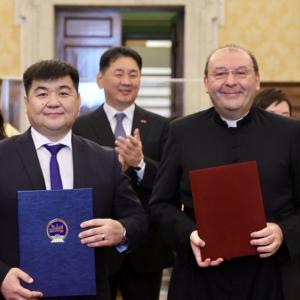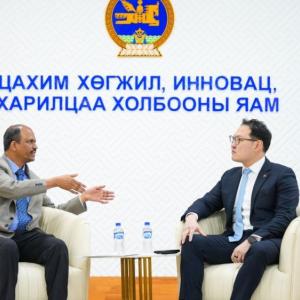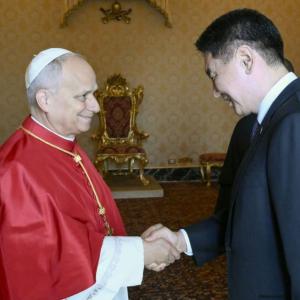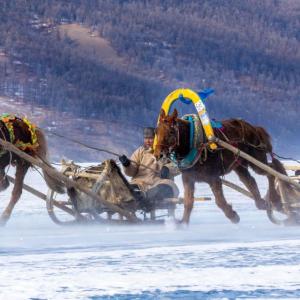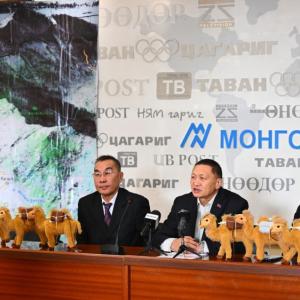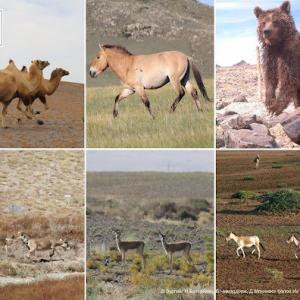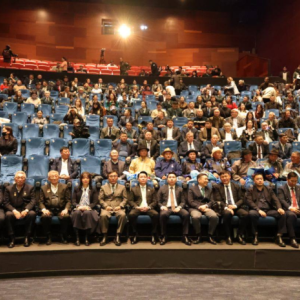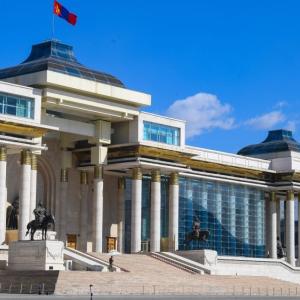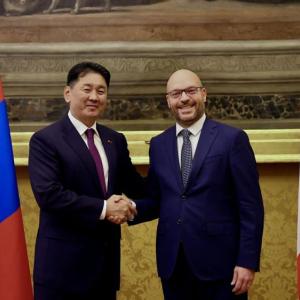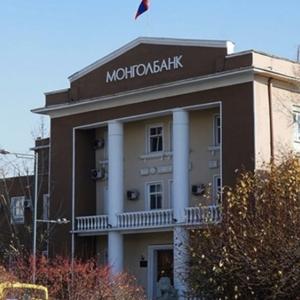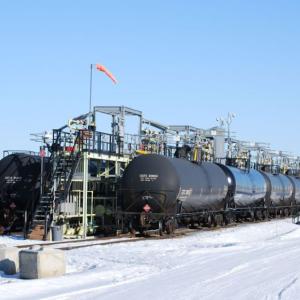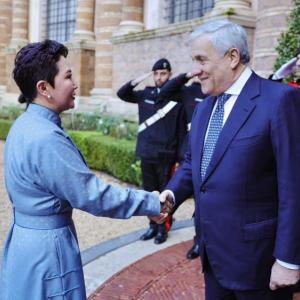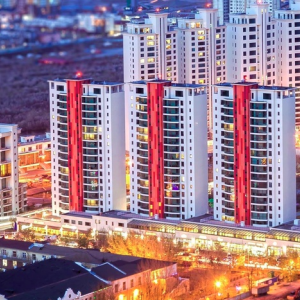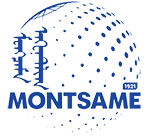Reviving earth construction techniques in Mongolia
Environment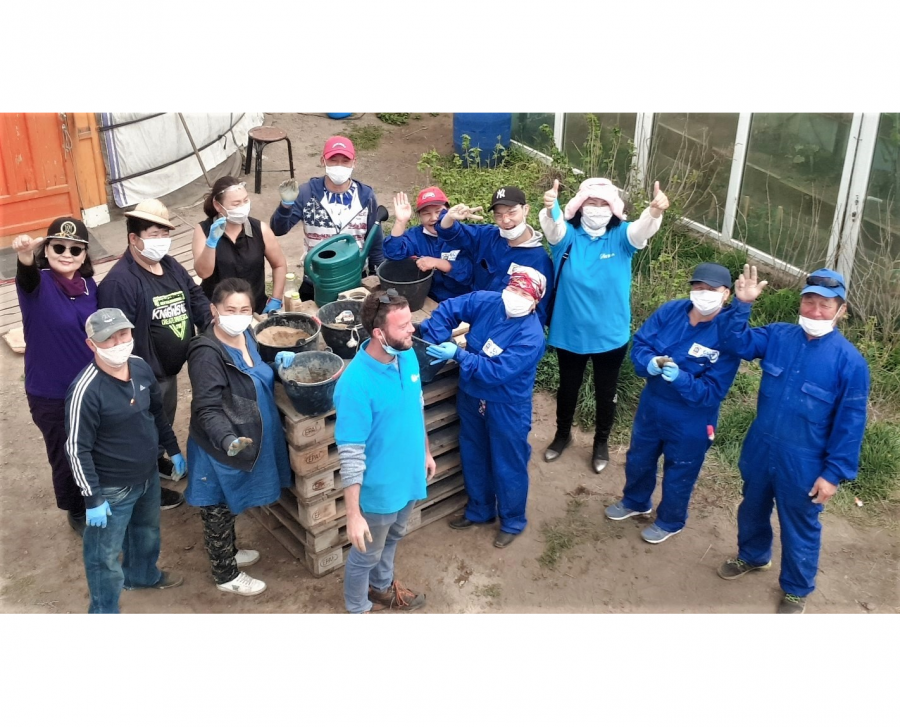
Ulaanbaatar /MONTSAME/.
Ger district host 60 percent of the Ulaanbaatar’s
population making it the main residential area for the residents in
Ulaanbaatar. That
is why, the affordable yet sustainable construction techniques that are easy to
adapt in ger district, is much needed.
Thanks to PADEM and its partner
local organization HLO Mongolia (Healthy Life Organization), earth construction
techniques were revived in Ulaanbaatar for the first time in a while since the
use of earth construction techniques for the Buddhist monastery buildings in
the past. The earth construction techniques revived were financed by the Switch
Off Air Pollution implemented by Geres Mongolia and co-funded by the European
Union’s Switch Asia programme, Abbe Pierre Foundation and French and Czech
Development Agencies. Earth construction techniques were consisting of
compressed earth bricks and rammed earth walls.
A compressed earth brick is a building material made primarily from a
humid mixture of sand, clay and cement compressed by hand at high pressure to
form blocks. Rammed earth walls are usually used for building a strong wooden
framework, the frame is then filled in with a layer of damp soil, which
typically includes sand, gravel, clay and cement.
In accordance with developing
techniques, HLO Mongolia organized in June 2 weeks of workshops facilitated by
the specialized architect Chinbadam D. for 30 people from groups in the ger
districts of Ulaanbaatar and 2 craftsmen of the Switch Off Air Pollution. The
participants were selected
by 4 local NGOs, namely, Healthy Life Organization Mongolia, Mongolian Women’s
Fund, Parents-Teachers Association Mongolia and the Mongolian National
Federation of the Blind.
84% of the participants were very satisfied
by the training conducted. Some participants were willing to continue the
production of compressed earth bricks for their income generation. At the end,
participants express the critics such as; need to expand the training to more
people, involve more young people and communicate the activities at a larger
scale.
Sukh-Ochir Sodnompuntsag, who was one of
the active participants at the training, expressed his ample enthusiasm over
the training saying that he would like to continue practicing the earth
construction techniques, furthermore, to open a small-sized enterprise.
“Despite the fact that they have to manage
their own family and life problems as the training chose people from
different backgrounds, involved people were happy to collaborate. We felt that
there was an increase in people’s self-confidence between the beginning and the
end of the project. Even participants with different types of impairments
(physical or visual) or health problems (high blood pressure or chronic back
pain) were one of the most motivated during these activities,” said Kevin Mahe, Technical Coordinator
from PADEM Mongolia.
“Mongolian monastery constructions have endured
for centuries in the harsh climate and they are only one of the rare examples
of ancient knowledge techniques of sedentary Mongolian construction.
Traditional construction techniques updated with current modern knowledge have
proven to be the best adaptation from an environmental and social point of
views in the projects implemented by Geres in Morocco and Tajikistan. Hence, we
wanted to test those technologies in Mongolia,” said Beatriz Maroto Izquierdo, Geres Mongolia Country Director.
Satisfaction of the participants definitely
proves to the organizers that earth construction techniques should be revived
and used widely for public in Mongolia. Having a history with earth
construction techniques in their monastic buildings, Mongolia is definitely
ready to embrace the old-method of earth construction techniques to build their
own homes.
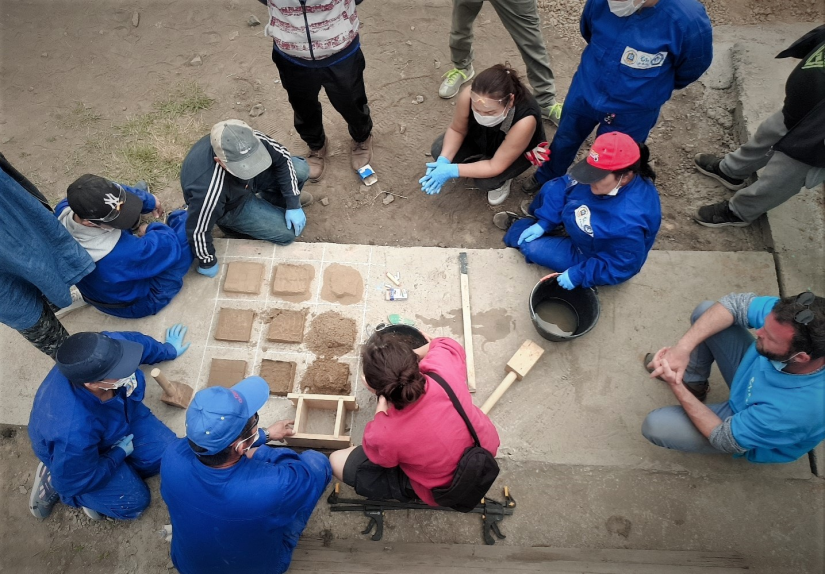
About Switch Off Air Pollution:
Mainly
co-financed by the European Union’s under the Switch Asia programme, with
additional support from Abbe Pierre Foundation, Czech Development Agency and
the French Development Agency; the Switch Off Air Pollution project is being
implemented by the Energy Efficiency Expert INGO, Geres Mongolia in
collaboration with Building Energy Efficiency Center of the Mongolian
University of Science and Technology, Mongolian National Construction
Association and People in Need INGO during the 2018-2021 period.
Project
website - www.dulaalga.mn, and mobile
application - Dulaalga on iOS
and Android
About Geres Mongolia:
Geres is a French NGO with expertise in
energy and development, with over 40 years of experience in Europe, Africa, and
Asia improving living conditions for the most vulnerable people and fighting
the impacts of climate change. www.geres.eu
Source: Geres Mongolia
 Ulaanbaatar
Ulaanbaatar








